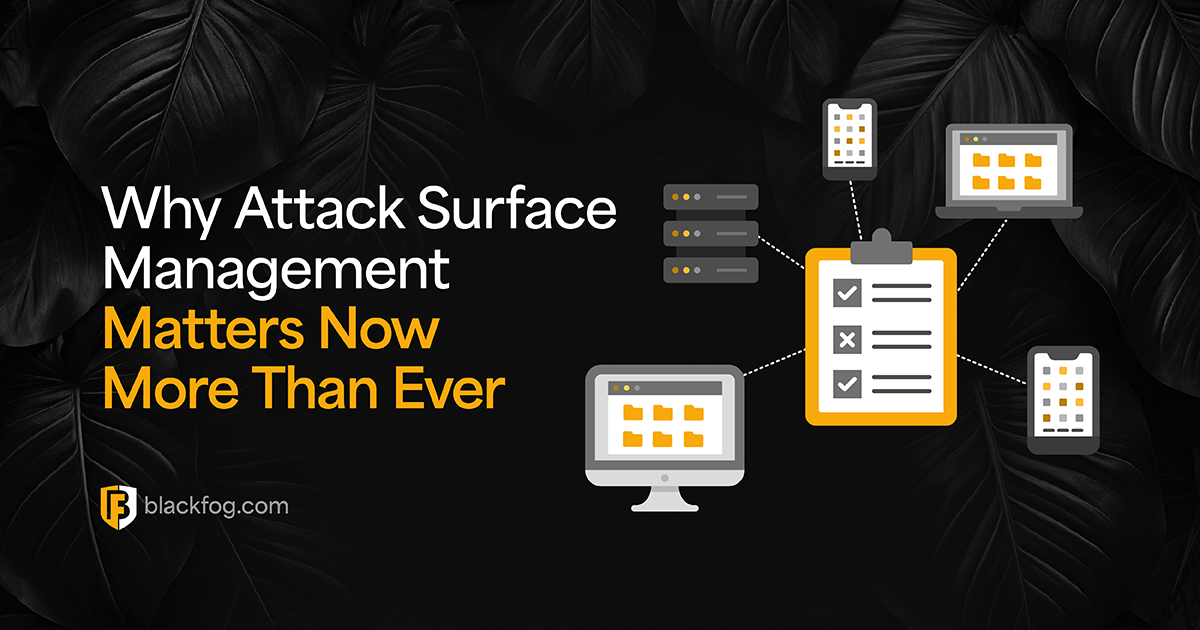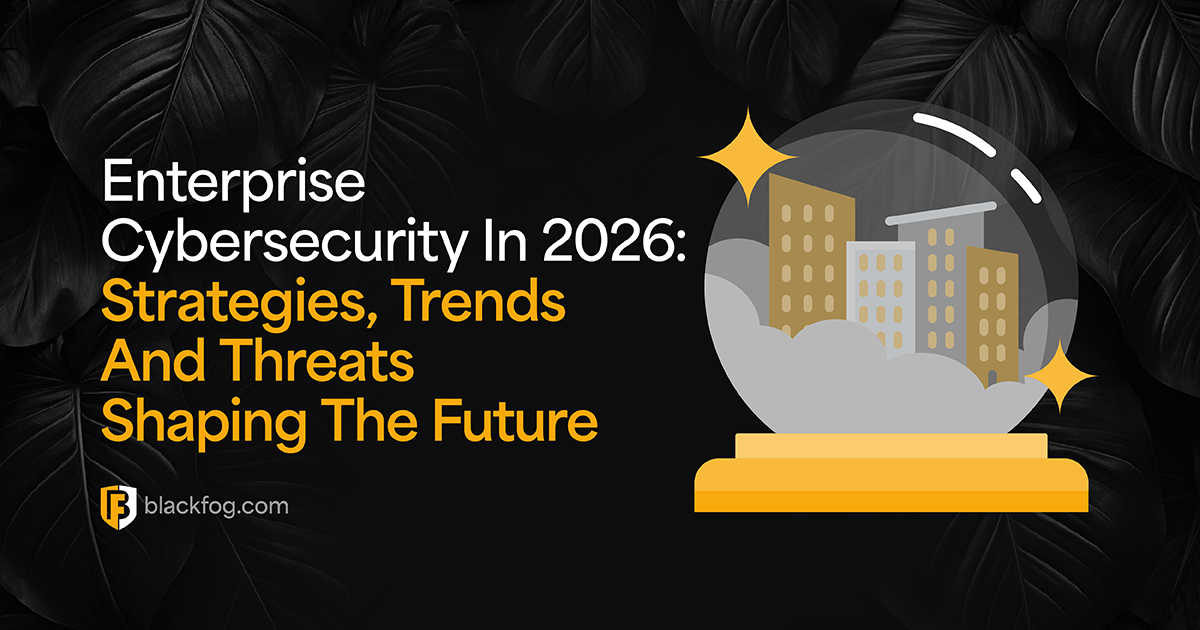
Why Attack Surface Management Matters Now More Than Ever
As businesses increase their digital infrastructure, their attack surfaces grow too. In many cases, this expansion is faster than security teams can keep up with. Cloud platforms, mobile devices, IoT, third-party tools and hybrid working models have all introduced new network elements that must be secured not just from intrusion, but from data exfiltration and internal misuse.
Every connected asset is a potential entry point for threat actors, especially when visibility and oversight are lacking. Without careful, active management of this expanding environment, organizations leave themselves exposed to ransomware, targeted attacks and long-dwell intrusions that can go undetected for months. This makes attack surface management essential to understanding real-world enterprise cybersecurity risk.
The Expanding Attack Surface: What’s Driving The Risk?

An organization’s attack surface includes every point where an attacker could try to gain access, across devices, applications, cloud platforms, third-party services or user behavior. As this surface is expanding rapidly, enterprise network security must evolve.
For example, hybrid work models, accelerated cloud adoption and growing reliance on third-party integrations are making it harder for security teams to maintain control. External vendors and contractors now regularly require network or system access, expanding the perimeter and creating new paths for threat actors to exploit. These connections can be leveraged to deploy malware, bypass internal defenses or escalate access.
Shadow IT is another major driver of this risk. According to a recent Microsoft survey, 71 percent of UK employees have used unapproved consumer-grade AI tools at work. Over half (51 percent) do so on a weekly basis, with generative AI tools a common solution.
Heading into 2026, identifying and managing all these potential exposures must be a top priority for firms seeking to reduce risk and build long-term resilience.
Key Challenges In Managing Today’s Attack Surface
As digital environments grow more complex, many businesses struggle to keep pace with the scale and speed of change. Managing an expanding attack surface isn’t just about identifying assets. It’s about maintaining control over how these are configured, accessed and updated over time.
Key challenges include:
- Lack of visibility: Security teams often don’t have full insight into all devices, applications and services connected to the network. This is especially the case in cloud, SaaS and hybrid environments. Without complete visibility, critical vulnerabilities can go undetected.
- Unmanaged assets: Employees frequently introduce new tools or devices without IT approval. These deployments fall outside standard security controls, creating unknown and potentially high-risk exposures, particularly if they don’t have the same enterprise-grade protections as approved solutions.
- Asset drift: Over time, systems and applications naturally evolve. Configuration changes, new integrations or missed patches can shift secure assets into a vulnerable state if not continuously monitored.
- Evolving deployments: The speed of digital transformation means new assets are introduced constantly, often faster than security teams can assess them, making it hard for IT pros to ensure their security or integrate them into their protection strategies.
What Effective Attack Surface Management Looks Like
Addressing these challenges requires more than periodic assessments. It needs continuous discovery, unified visibility and close alignment between IT, security and business operations. A strong attack surface management strategy should include the following key elements:
- Continuous discovery: Security teams must automatically and continuously scan for new assets across cloud, on-premises, remote and third-party environments. This includes identifying shadow IT and unmanaged devices as soon as they appear.
- Contextual risk assessment: Threat assessments should not only evaluate assets for vulnerabilities, but also prioritize these based on real-world risk, how exploitable they are and how critical the asset is to business operations.
- Change monitoring: Attack surface management activities must track how devices and configurations evolve over time. An asset considered secure today could become a risk in the future if baseline policies change or new vulnerabilities are discovered.
- Actionable insights: Tools should provide clear remediation guidance so teams can take immediate, informed action to prioritize the more pressing concerns and reduce exposure.
Practical Steps To Regain Control Of The Attack Surface
Improving attack surface management starts with building strong, sustainable practices that give security teams the visibility, control and agility needed to keep pace with today’s evolving infrastructure. As environments become more complex and interconnected, these actions are critical to reducing unnecessary risk and strengthening overall cyber resilience.
Key steps include:
- Creating a unified asset inventory that includes cloud services, on-premises systems, mobile devices and third-party tools. This forms the foundation of any attack surface management program and ensures teams know exactly what needs protection.
- Automating discovery and classification to detect new or unmanaged assets as soon as they appear, especially those introduced outside IT’s oversight.
- Establishing clear governance policies for deployment of devices and other network assets, including tagging standards, configuration baselines and access control measures to enforce consistency.
- Assigning ownership and accountability for assets across departments to ensure each system has a clear point of responsibility for maintenance and risk management.
- Continuously monitoring for changes in device posture or exposure, as well as validating configurations to prevent drift from secure states.
As digital infrastructure continues to grow, organizations that invest in structured, proactive attack surface management as part of a defense in depth approach will be far better equipped to reduce exposure, prevent breaches and adapt to the demands of a rapidly changing threat landscape in 2026 and beyond.
Share This Story, Choose Your Platform!
Related Posts
The Importance Of Effective Cloud Security Architecture: What To Know For 2026
What must firms consider when building cloud security architecture that's fit for the modern era of computing?
Why Attack Surface Management Matters Now More Than Ever
What key challenges do companies face as networks expand and their attack surface grows, increasing the need for effective attack surface management?
5 Key Enterprise Network Security Challenges Firms Must Address In 2026
Is your firm still dealing with these five enterprise network security challenges? Here's what to do to improve your position.
Making Security Proactive With Continuous Threat Exposure Management
Find out everything you need to know about continuous threat exposure management, what's involved and the benefits it could bring to organizations.
How Defense In Depth Stops Cyberthreats Before They Do Damage
Learn what's involved in an effective defense in depth approach to cybersecurity and why this matters more than ever in a fast-evolving environment.
Enterprise Cybersecurity In 2026: Strategies, Trends And Threats Shaping The Future
What will enterprise cybersecurity hold for business in 2026 and what will cybersecurity leaders need to do to protect their firms from new threats?





